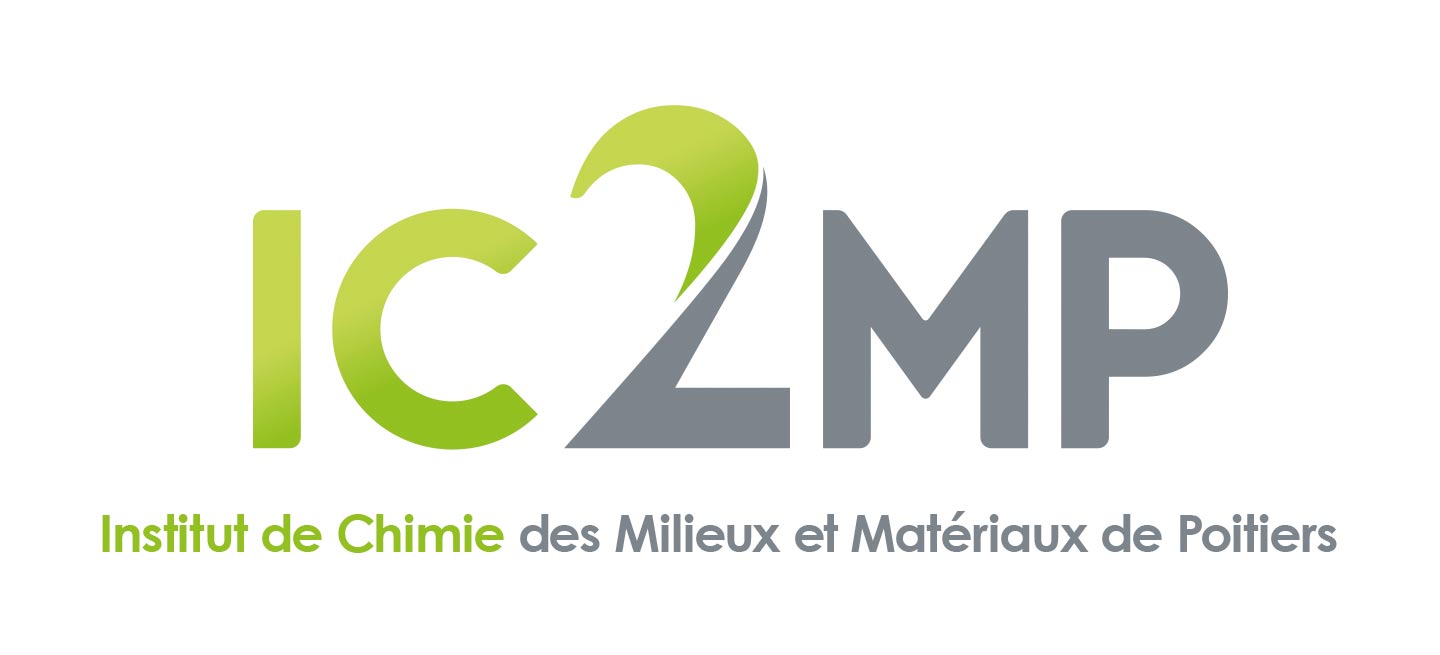Impact of EfOM in the elimination of PPCPs by UV/chlorine: Radical chemistry and toxicity bioassays
Abstract
The UV/chlorine process as a potential tertiary municipal wastewater treatment alternative for removing refractory PPCPs has been widely investigated. However, the role of effluent organic matter (EfOM) on the radical chemistry and toxicity alteration is unclear. The elimination of two model PPCPs, primidone (PRM) and caffeine (CAF), by the co-exposure of UV and free chlorine was investigated to elucidate the impact of EfOM. Experimental results indicated that both center dot OH and reactive chlorine species (RCS) were importantly involved in the decay of PRM at acidic condition, while ClO center dot played dominant role at alkaline pH. The decay of CAF was dominated by ClO center dot under all conditions. Chlorine dose, initial contaminant concentration, solution pH, and water matrix affect the process efficiency at varying degree resulting from their specific effect on the radical speciation in the system. Presence of EfOM isolate remarkably inhibited the decay of PRM and CAF by preferentially scavenging RCS and particularly ClO center dot. Good correlations (linear for PRM and exponential for CAF) between UV absorbance at 254 nm and the observed pseudo first-order rate constants (k'obs) for all EfOM solutions were obtained, demonstrating the importance of aromatic moieties in inhibiting the degradation of targeted contaminants by UV/chlorine process. Degradation of PRM/CAF in reconstituted effluent spiked with the major effluent constituents (i.e., EfOM isolates, Cl-, HCO3-, and NO3-) was comparable to the results obtained with the real WWTP effluent and fit well to the correlation between k'obs and UV absorbance at 254 nm, suggesting that EfOM isolates can be used to determine the efficiency of UV/chlorine process in real effluent. EfOM serves as the main precursor of adsorbable organic chlorine in the UV/chlorine treatment. Bioassays indicated that chlorine-containing compounds could induce oxidative stress, mitochondrial dysfunction, and increase the cell DNA damage. Among evaluated treatment conditions, the nature of EfOM, hydrophobic versus transphilic fraction, is likely the predominant factor affecting the cytotoxicity. Meanwhile the UV/chlorine treatment can significantly reduce the cytotoxicity of EfOM isolates. However, adding high level of selected contaminants (e.g., PRM and CAF) can inhibit this phenomenon due to the competition with reactive radicals.
| Origin | Files produced by the author(s) |
|---|



